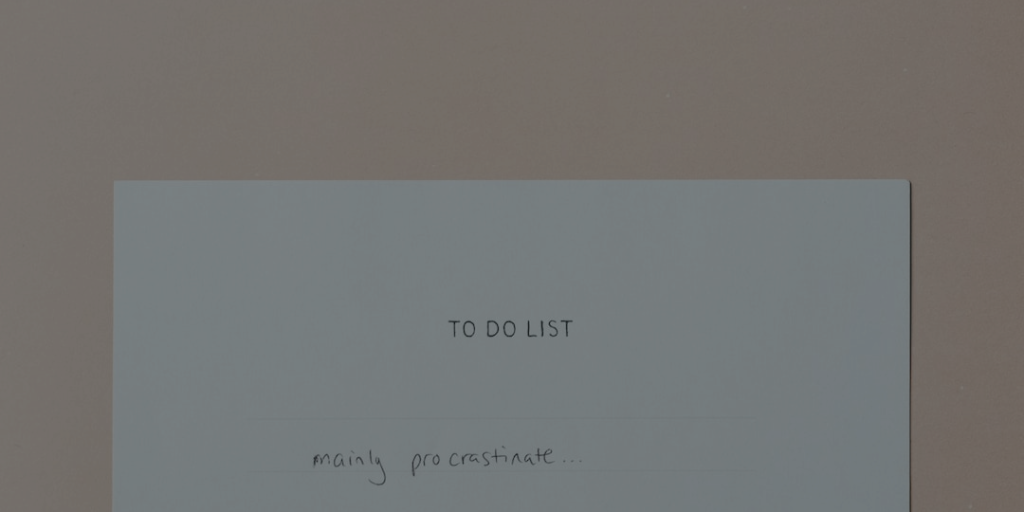Way back in 1830, Victor Hugo was facing a challenging deadline. A year earlier, the author had promised his publisher a new novel. But instead of writing his book, he spent that year doing nearly everything else! Frustrated by the procrastination, Hugo’s publisher responded by setting a hard deadline less than six months away.
Now feeling the pressure, Hugo concocted a strange plan to beat his procrastination. He gathered all his clothes and asked an associate to lock them away in a large cabinet, leaving him nothing to wear except a large shawl. With no suitable clothing to go outdoors or entertain guests, Hugo wrote furiously during the fall and winter of 1830. His work was published two weeks early: The Hunchback of Notre Dame.
People have been procrastinating for ages. In fact, the problem is so timeless that ancient philosophers like Socrates and Aristotle developed a word for the behavior: Akrasia. Akrasia is when we do one thing even though we know we should do something else. What causes us to commit to goals and make plans, but then fail to follow through on them?
One explanation for this behavior is a term called “the immediacy effect.” The immediacy effect refers to the tendency of our brain to value immediate rewards more than future rewards.
When we set a goal, we are investing in our future self. We envision what we want our life to be like in the future, and when we think about our future, it is easy for our brains to see the value in taking actions with long-term benefits. But when the time comes to decide, we are no longer choosing our future self. Now we are in the moment, and our brain is thinking about the present self. And the present self really likes instant gratification, not long-term payoff. Our mind values long-term benefits when they are in the future, but it values immediate gratification when it comes to the present moment. Understanding how to resist the pull of instant gratification can help us bridge the gap between where we are and where we want to be. Here are three ways to combat the power of the immediacy effect in our life.
Strategy 1: Create a commitment device
Remember that Hugo locked his clothes away to eliminate distractions? He was creating what modern psychologists refer to as a “commitment device.” A commitment device is a choice we make in the present that influences our behaviors in the future. By making unhelpful practices less attractive, we are more likely to follow through on desired behavior.
Strategy 2: Reduce the resistance of starting
One of the general observations of human behavior is that humanity is like water; it looks for the path of least resistance. With that in mind, if we’re going to choose new behavior, we need to make it as easy and satisfying as possible to select the desired behavior. For example, David has failed consistently to work out when going to a gym is required. He hates the thought of traveling to and from a gym, it takes him away from his family, he doesn’t like the general smell of gyms, etc. (He could go on for a while!) He needed to make the practice of working out easier and connect it to things that he values, so he started working out with his family at home. This shift reduced his mental resistance, and subsequently, the behavior has become more consistent.
Strategy 3: Employ implementation intentions
Don’t be overwhelmed by the name. An implementation intention is simply when we state our plan to implement a particular behavior in a precise way. For example, “I will work out for at least 30 minutes on [DATE] in [PLACE] at [TIME].” It seems silly to think that just scheduling things ahead of time can make a difference, but research indicates that implementation intentions can make us 2x to 3x more likely to perform an action in the future.
—–
What’s Next: Can you think of one personal or professional task that you’ve procrastinated on lately? Use one of the strategies above and see if you can finally tackle that project.


















